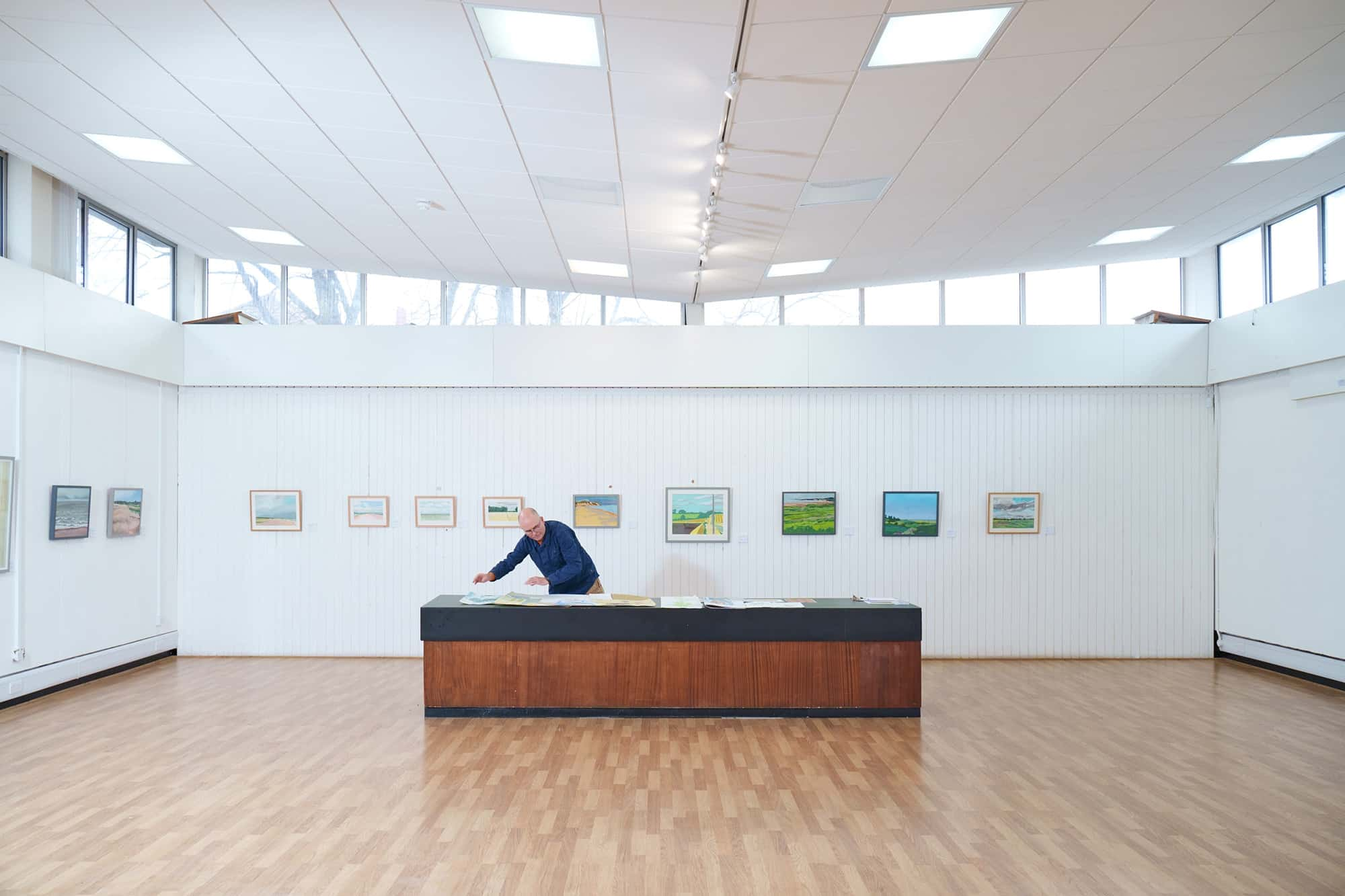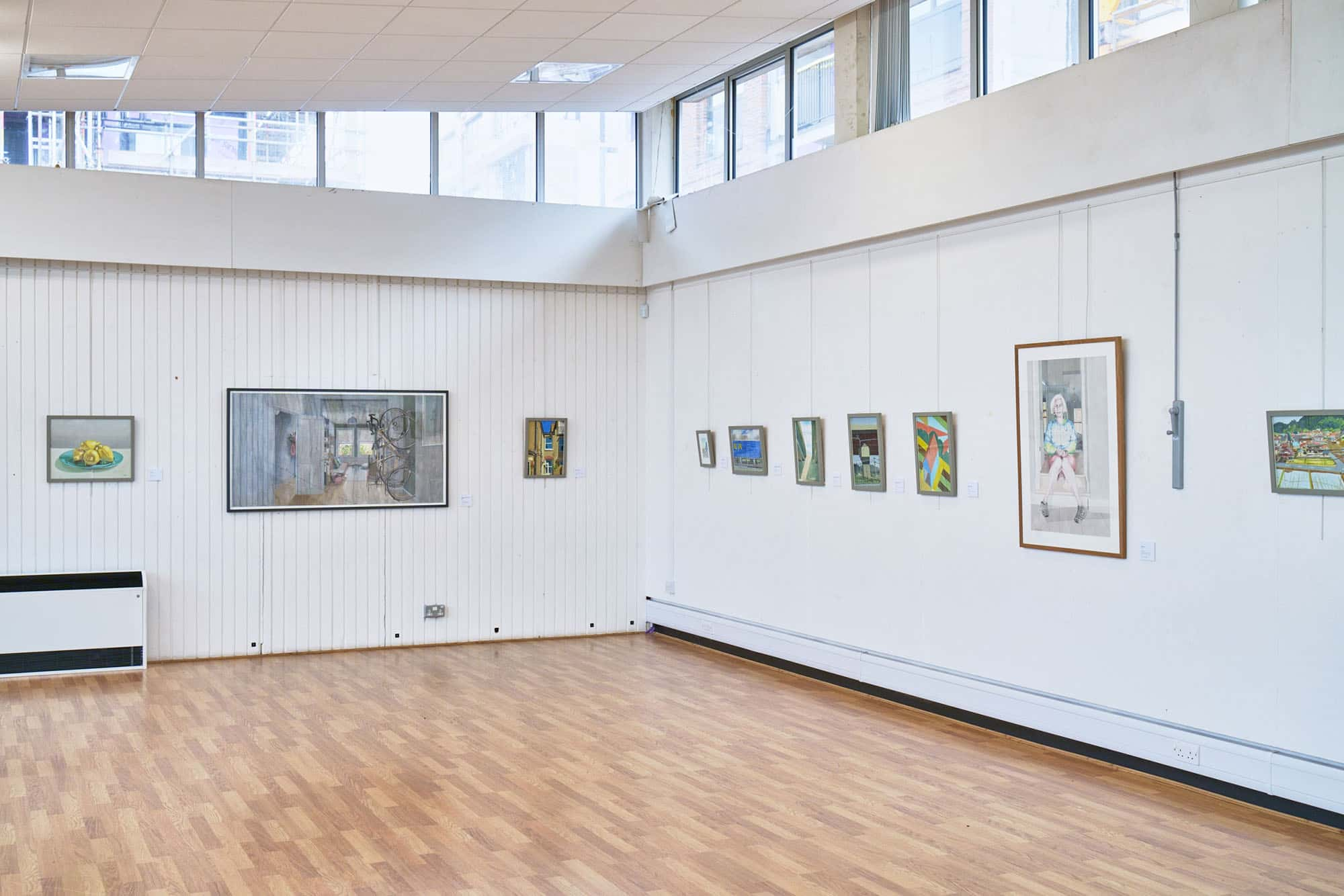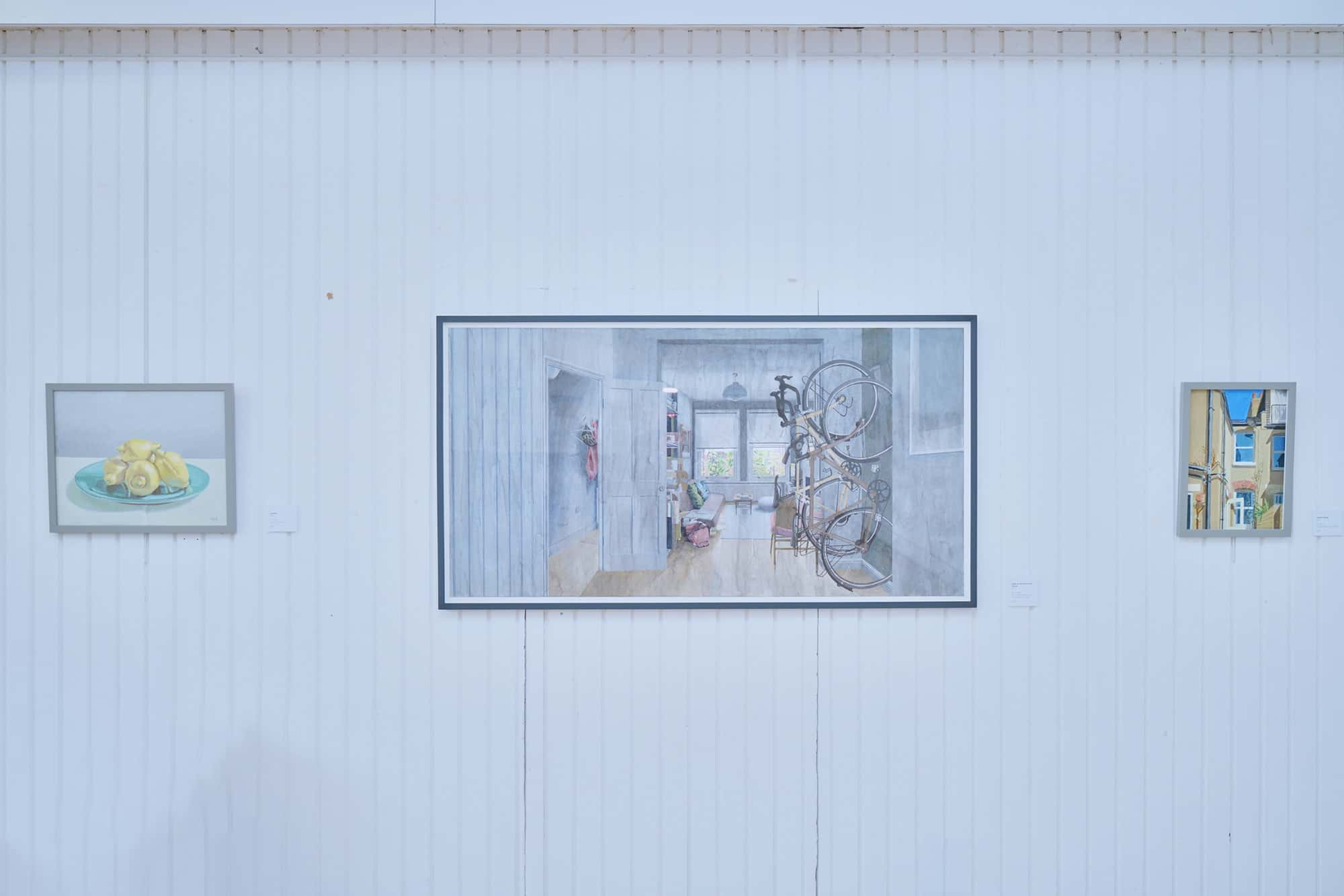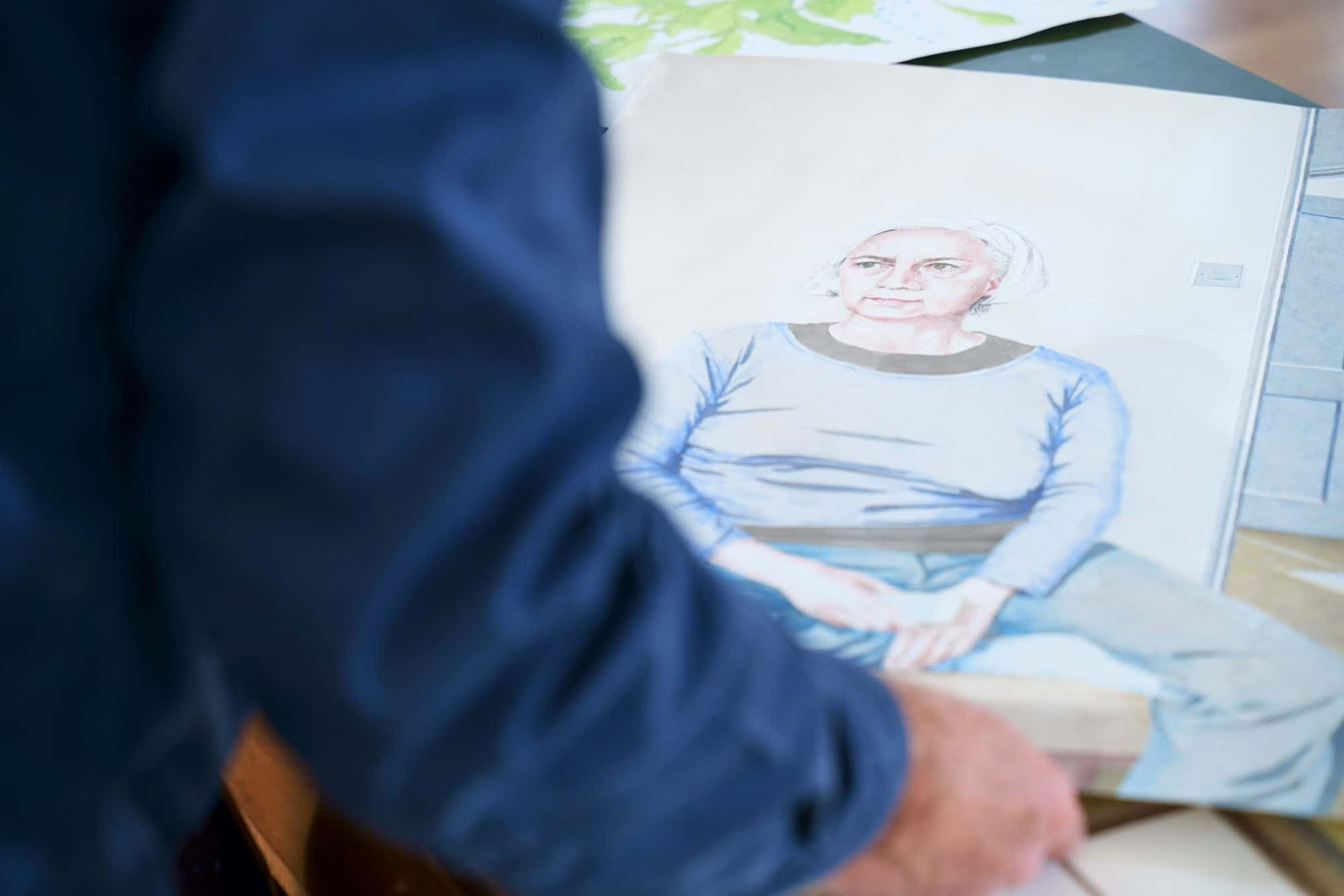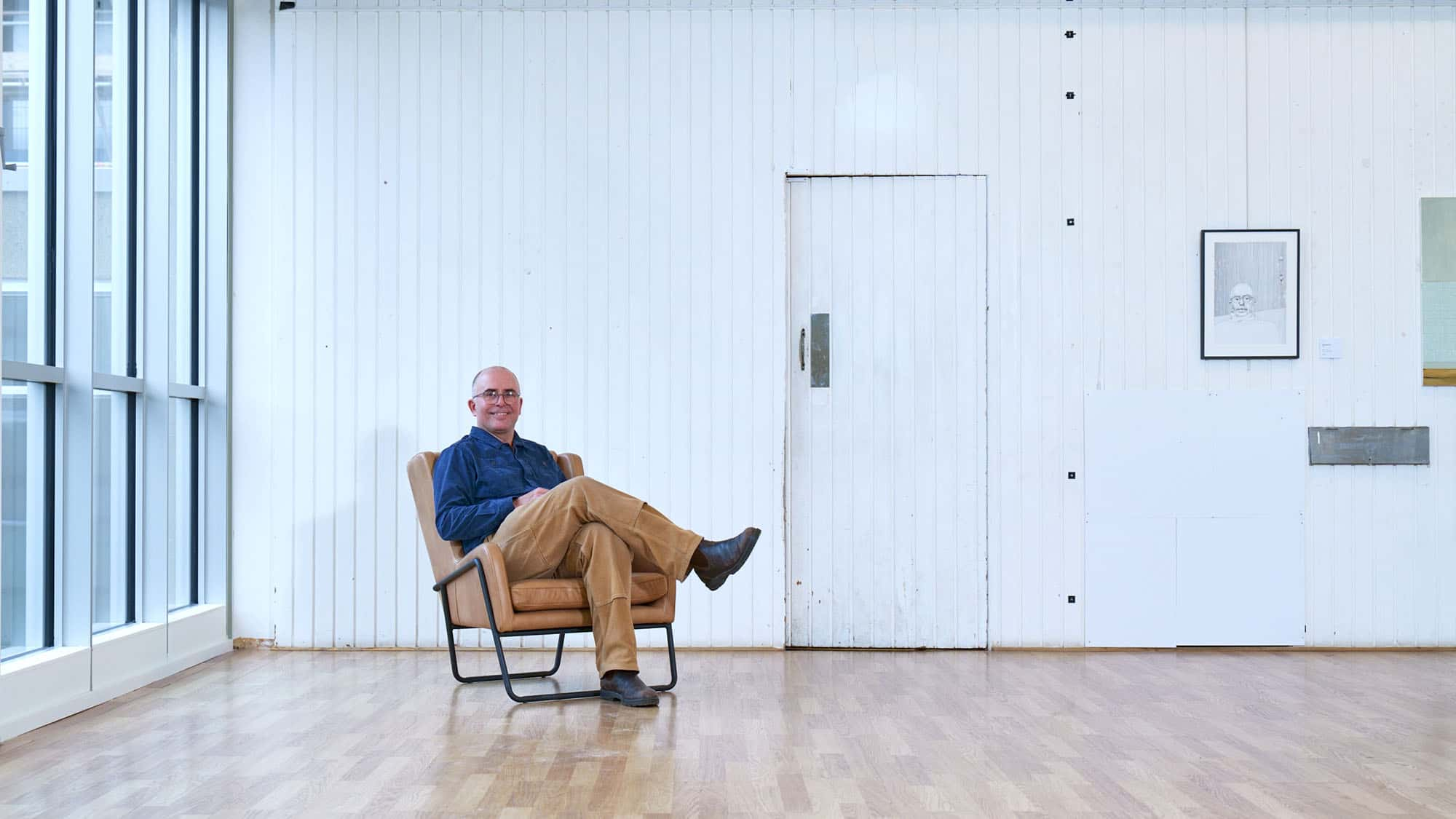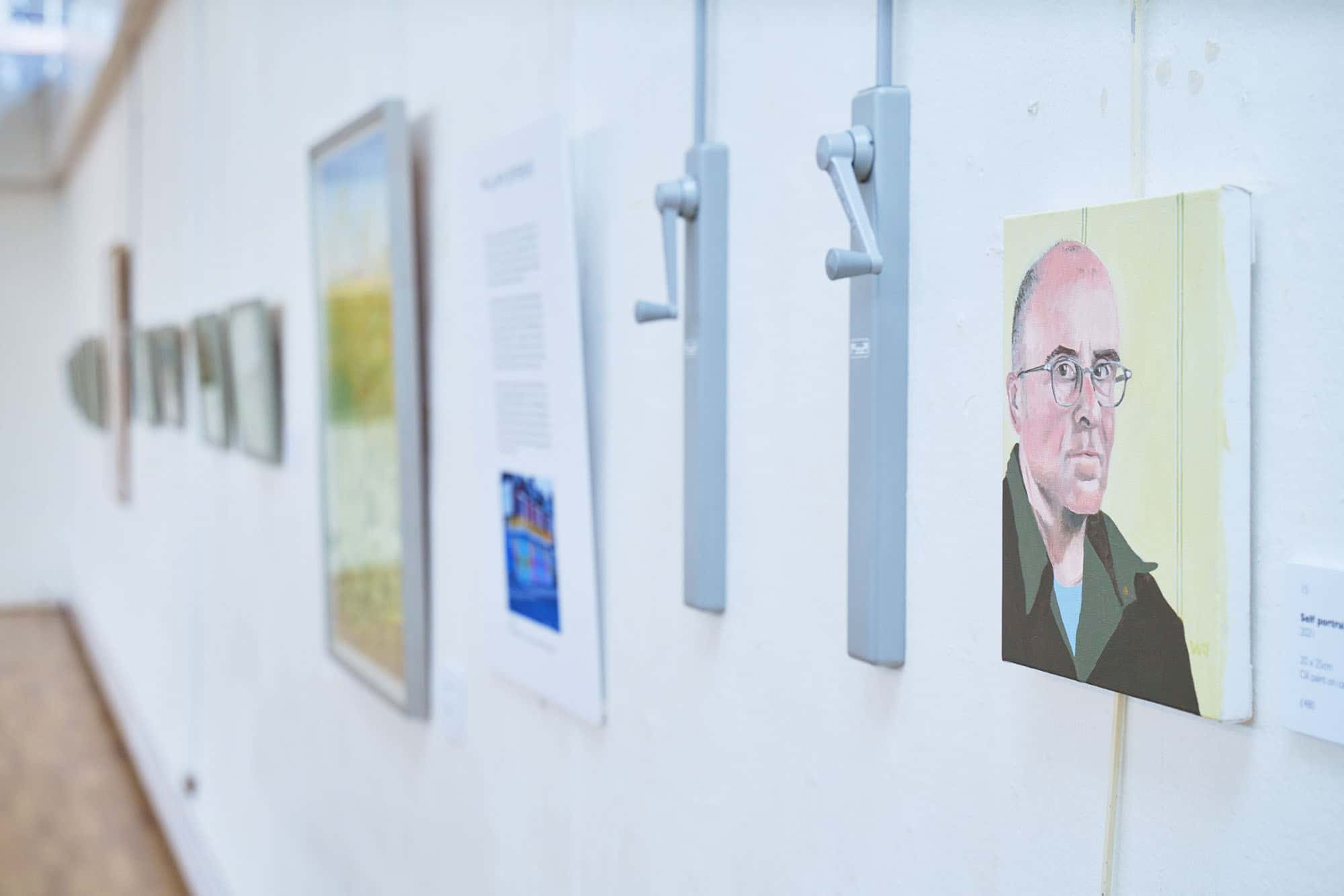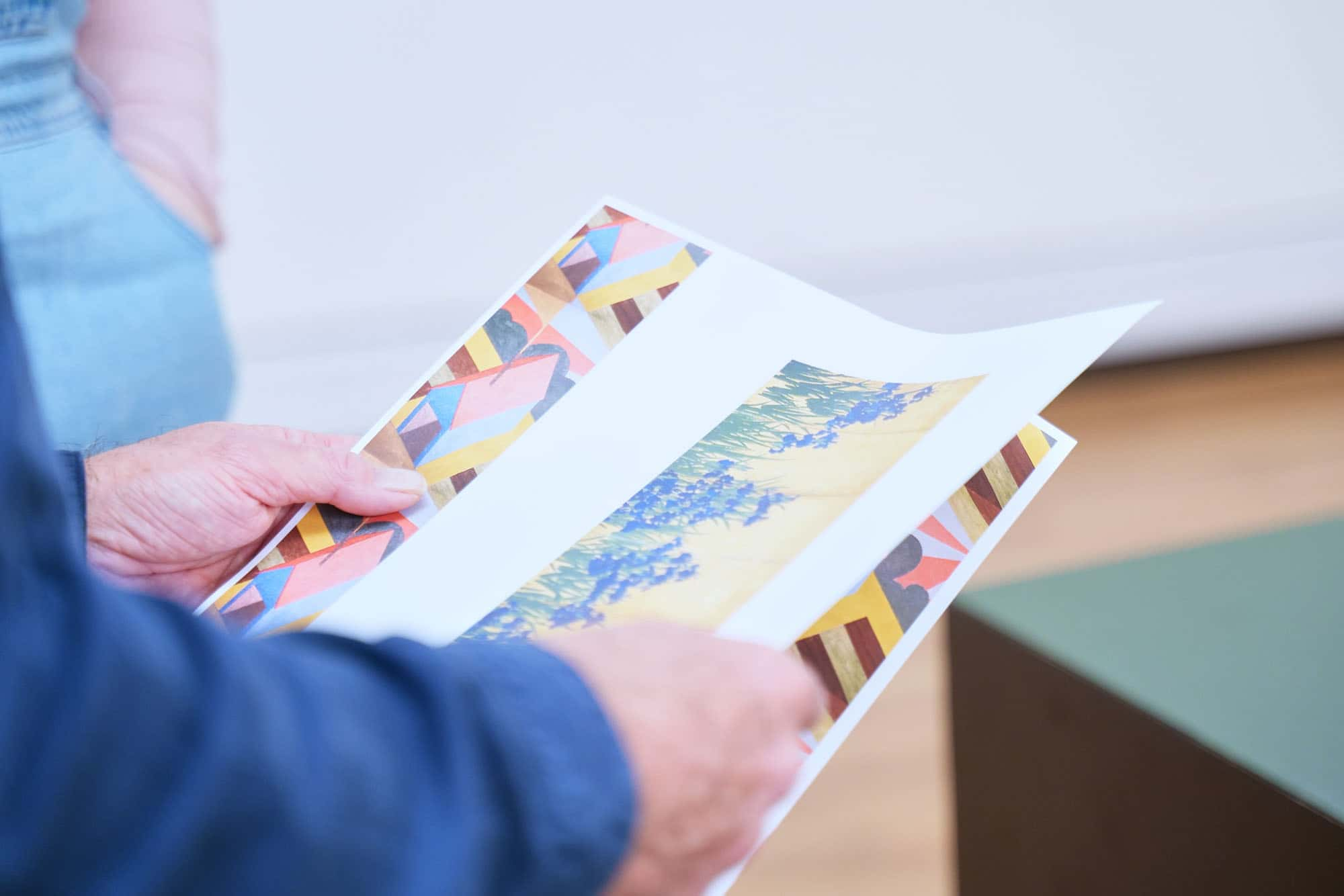We are Makers and Creators – Will Jefferies
Meet Will – a distinguished architect, Lecturer for BA (Hons) Architecture and accomplished artist.rnWe meet Will at his first solo exhibition, a series of 28 artworks, ‘Lockdown & Landscapes’ in London, to explore how his drawings and architectural practice influence each other.
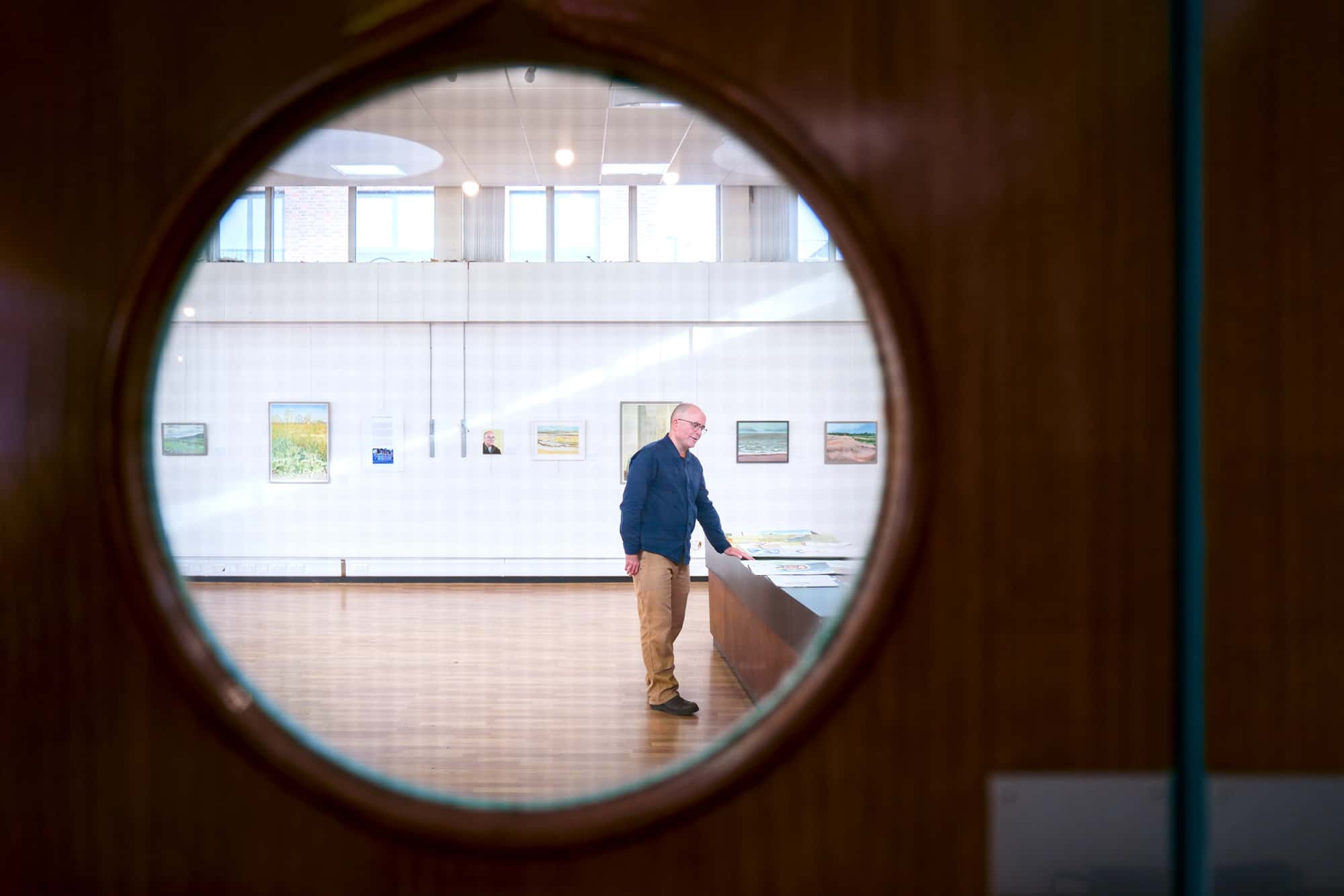
This blog on BA Architecture Lecturer Will is part of our Makers and Creators photo series, showcasing our talented staff.
You’re a Lecturer but you’re also an impressive painter, how do these two inform each other?
My art practice is intimately linked to my work and teaching on BA Architecture. The central preoccupations of both practices are ‘space’ and how we choose to use and manipulate this medium.
This then leads to how we depict and describe space, ideas about visual perception, and the spatial narratives within architecture and the fine arts.
The skills I have as an artist for creating drawings and thinking spatially I then share and demonstrate with my students. They are essential tools for thinking through architectural proposals and testing design ideas with others.
Artists are often better than architects at capturing moments of spatial beauty. Much of my architectural lecturing references the work of Anish Kapor, Antony Gormley, James Turrell, and Richard Wilson, amongst others, whose work can be a valuable inspiration to architects.
This ability to overlap the disciplines of architecture with the fine arts is why I enjoy working at Norwich University of the Arts, a creative-based university.
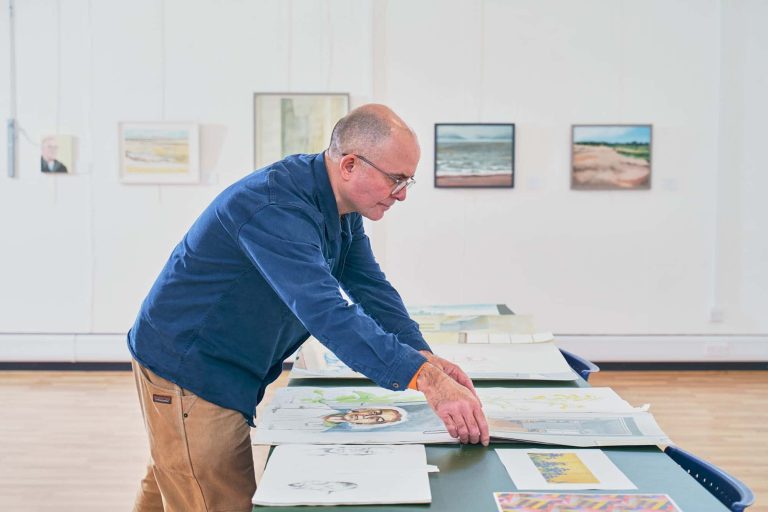
Will Jefferies
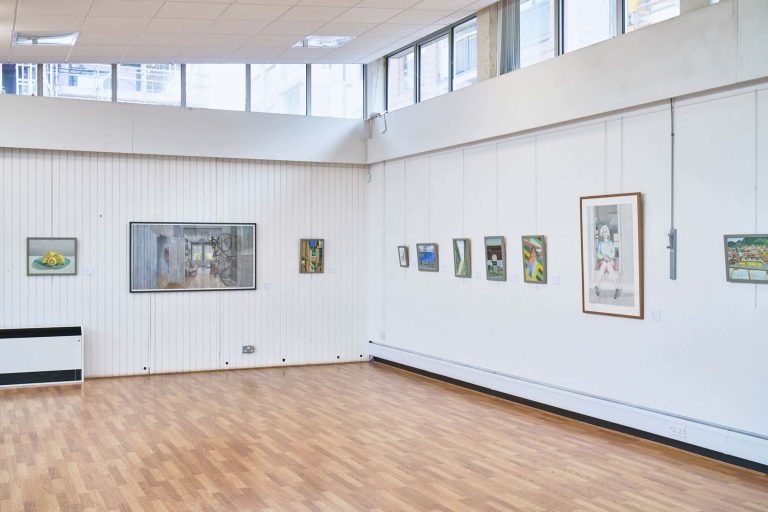
Hornsey Gallery
What is your background?
I initially followed a conventional undergraduate education into architecture at UCL. My interests at secondary school were always in the fine arts – drawing and painting – and this never left me through my studies, both in applying these skills in making architectural drawings and in my continuing life drawing and painting.
My interest in art was encouraged by my father, who took me to art exhibitions from an early age. I remember going with him to see an Edward Hopper exhibition at the Hayward Gallery, which was amazing and fortuitous as Hopper’s work was very architectural and spatial in its themes and investigations.
Later, through my architectural work and art practice, these ideas about space became a central preoccupation.
During my architectural studies, I worked and studied in India. Living in Asia was a revelation after growing up in suburban South London. The art and architecture of the Subcontinent lead me to discover a whole new world of building typologies and artists, for example, the architecture of Charles Correa and paintings of Amrita Sher-Gil.
So, despite my conventional beginnings, I have an eclectic background and experience.
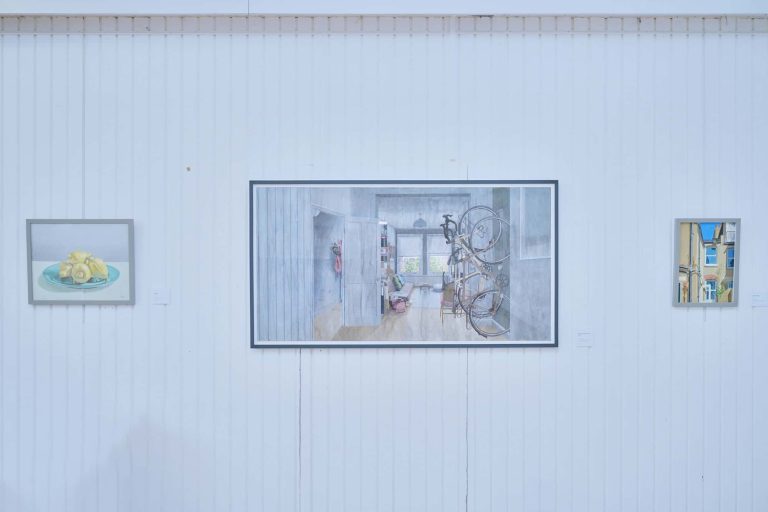
Paintings
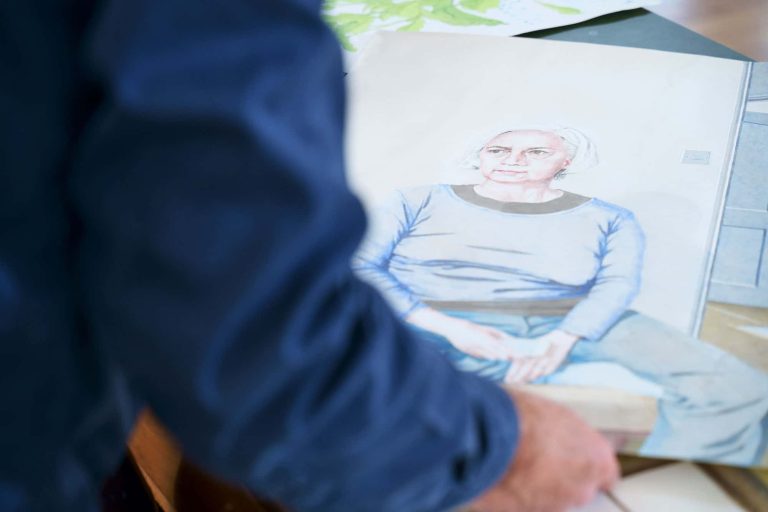
One painting
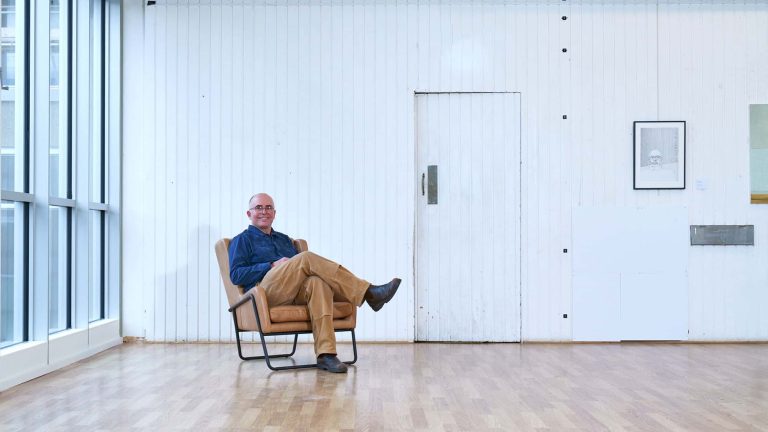
Will Jefferies
What is your practice focused on now?
My exhibition in London, Hornsey Library is the first showing of my work on returning from a travel sabbatical in 2017. I had been a director at Squire & Partners, a very successful architectural practice, for almost 20 years. My time away led me back to making art again, initially as a way to look at and record my surroundings.
A watercolour or drawing can capture more of the essence of a place than the straightforward reportage of photography.
Making art now in South Tottenham and East Anglia, the exhibition explores the landscapes of interior and exterior spaces and the contrasts between the ‘natural’ and the ‘made’.
The work tries to reveal the essence and contradictions within these environments to show them in a new way to the viewer.

Will’s paintings
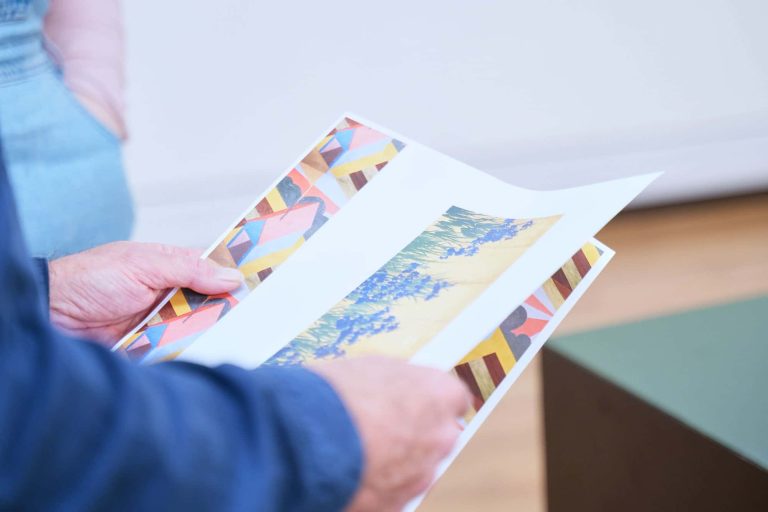
Will work
What can the architecture sector do to adjust to the changing landscape of sustainability in built environments?
Not to build new buildings by reusing and repurposing the old. The contemporary High Street and office are dead. These places need to be repurposed and reinvented, requiring some radical rethinking about how we choose to live and work.
Architecture will be at the forefront of discussions about sustainability. Still, it will be more about the clever environmental and material technology supporting it than the flashy and trendy images of a building’s façade. This will be a difficult transition because of the ubiquity of image-based social media that drives much cultural discourse.
And finally, where does your inspiration come from?
A random moment or observance can trigger an idea for a picture. Often a spatial relationship, for example, between a doorway or entrance to a room to the open flatness of a landscape, can lead somewhere. Sometimes they are directly observed or invented in a picture. Also, the human figure and how it creates space and can occupy it will inspire an idea.
Follow Will on Instagram (opens in a new window)Photography by Chris Roberts, BA Photography
Gallery
Other interviews
-

In conversation with Norwich’s newest lecturers in Marketing and Business Management
-

Dear future international students – Diya Vaya, BA (Hons) Film and Moving Image Production
-
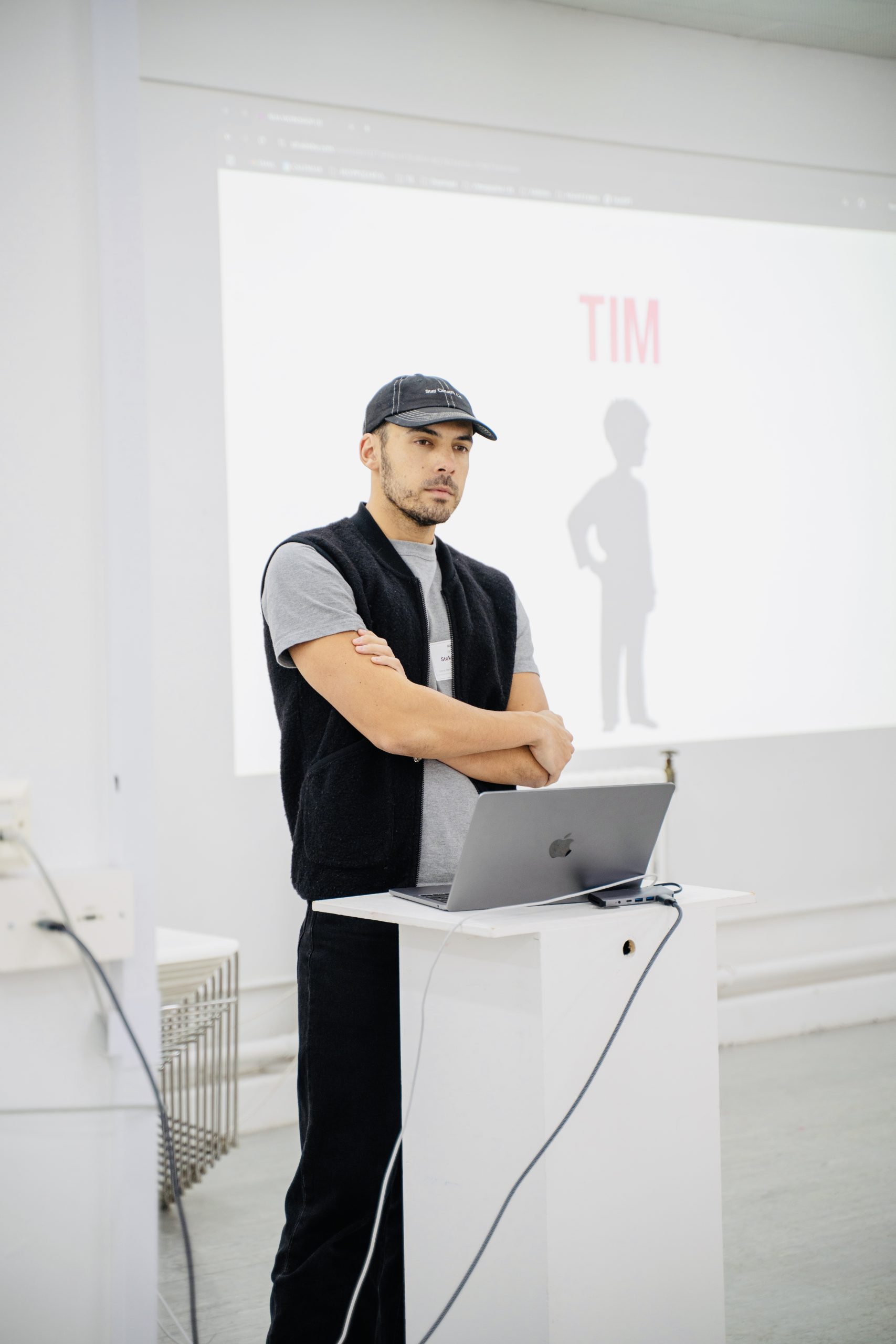
Inside Interchange Week with Stokely Howard of Trendy Grandad
-

Shape Shift Converse Rework: Authentic co-creation of art in mental health settings
-
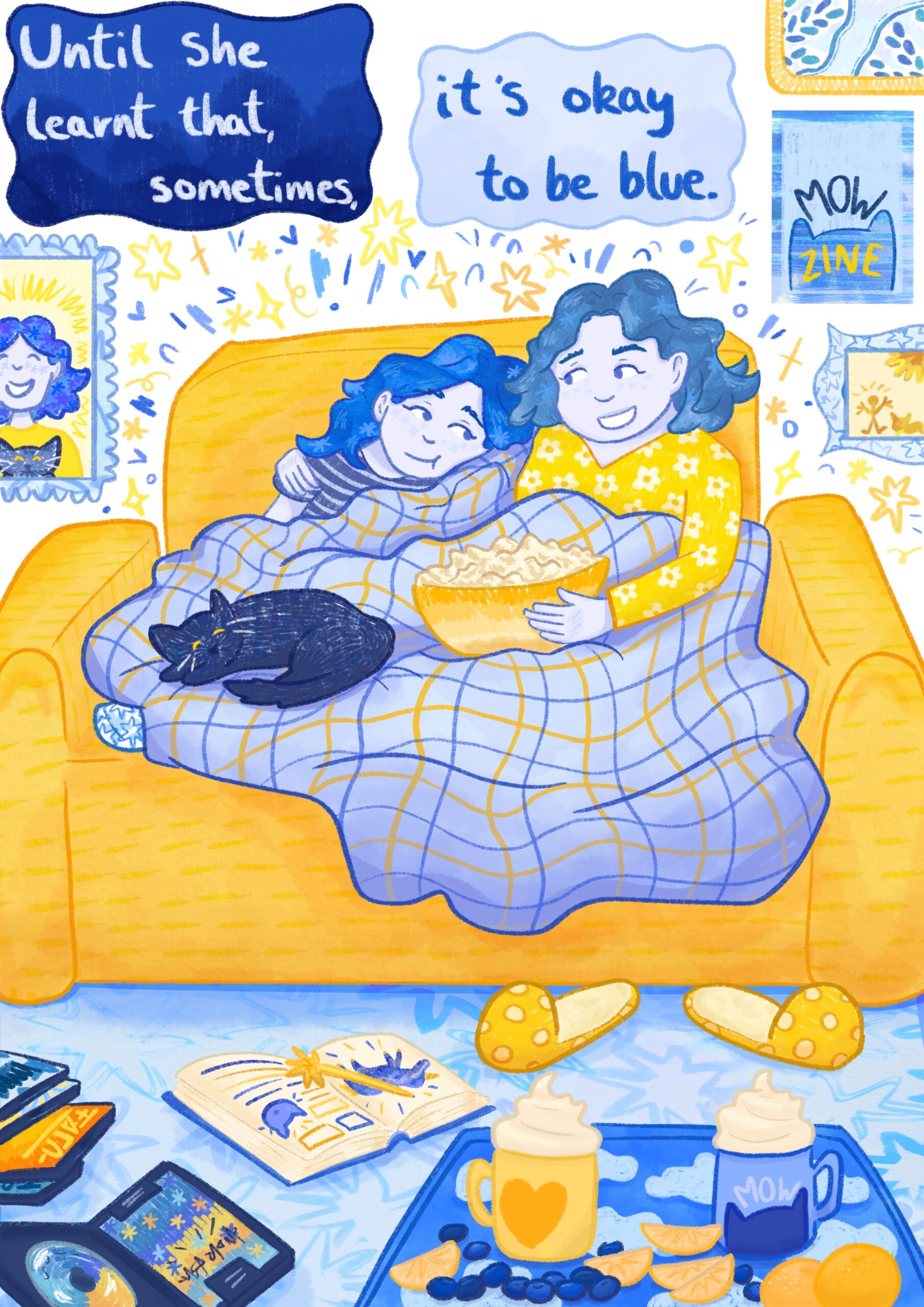
In conversation with Gabriella Mason, BA (Hons) Illustration
-
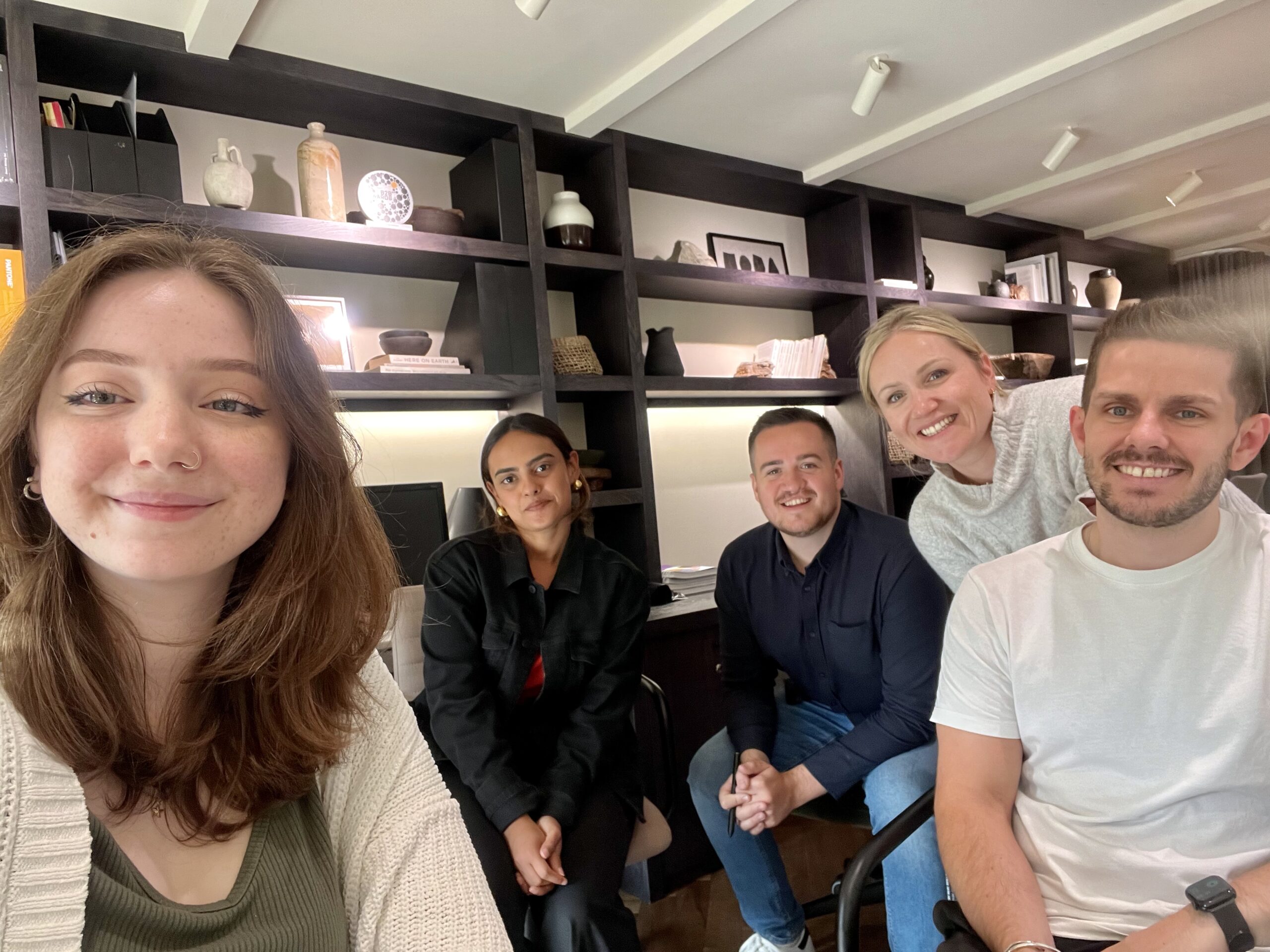
In conversation with Cassie Muskett, BA (Hons) Graphic Communication
-
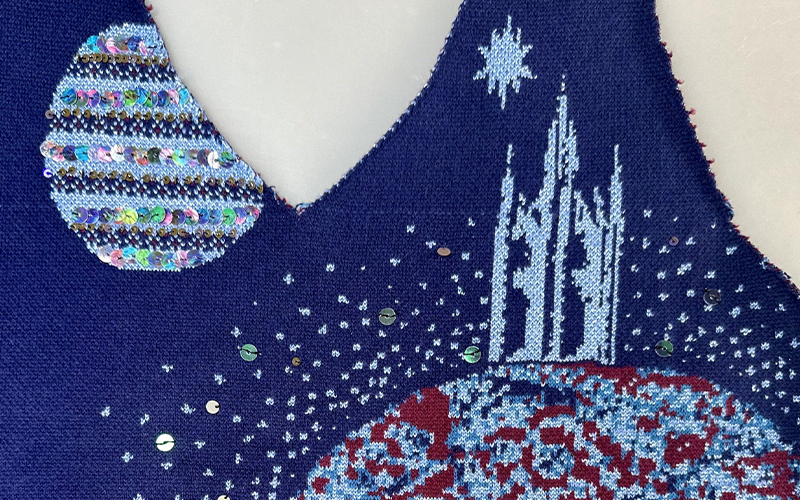
Embracing AI in Textile Design: A journey of creativity and collaboration
-
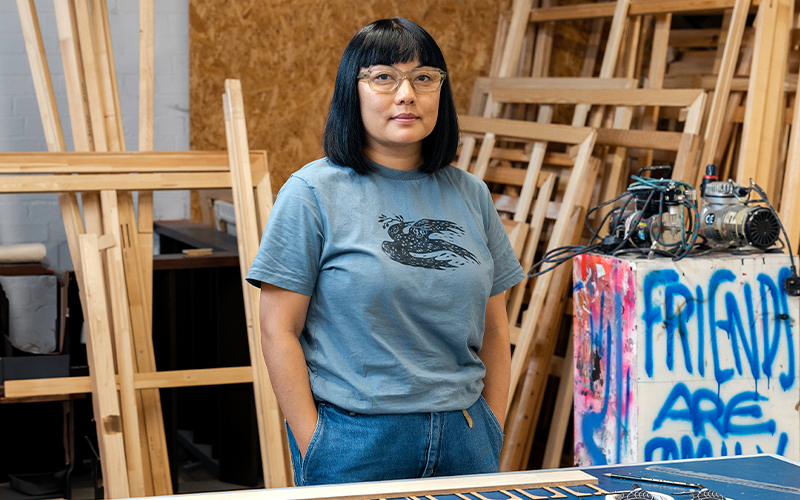
In conversation with: Alice Lee, BA (Hons) Illustration lecturer
-
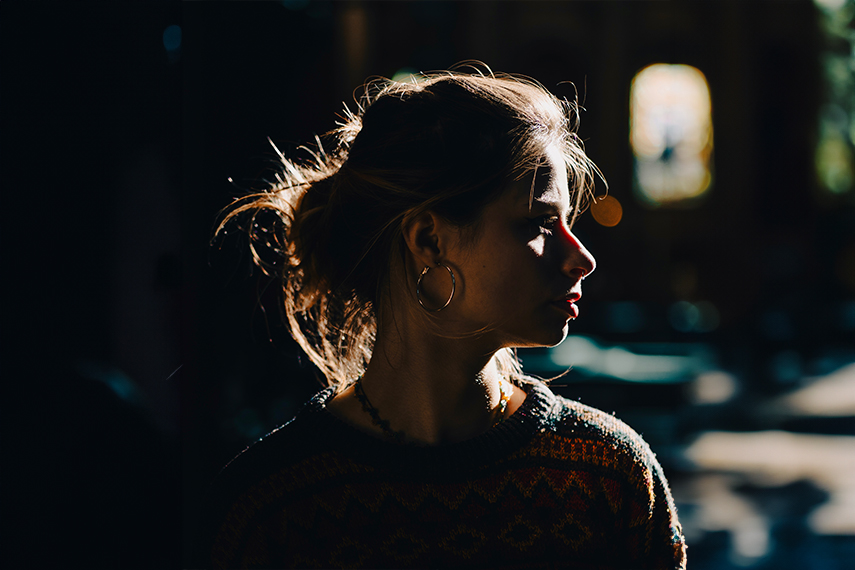
In conversation with: Lucien Kelman, BA (Hons) Animation
-
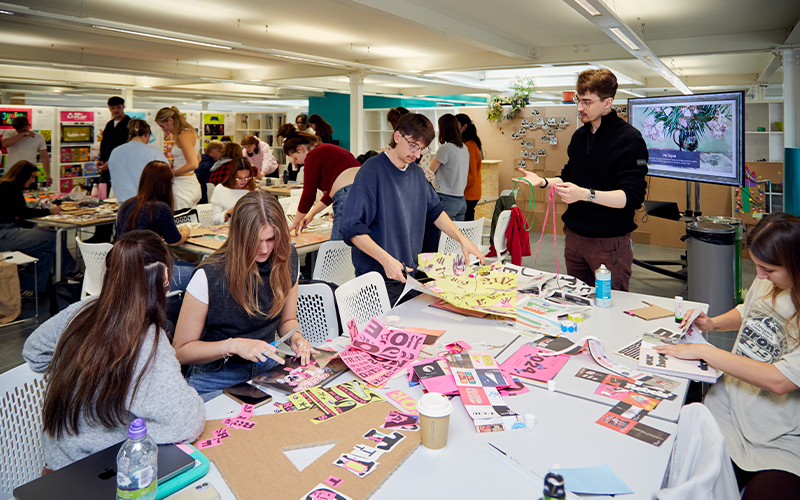
In conversation with: Sam Butler, BA (Hons) Graphic Communication
-
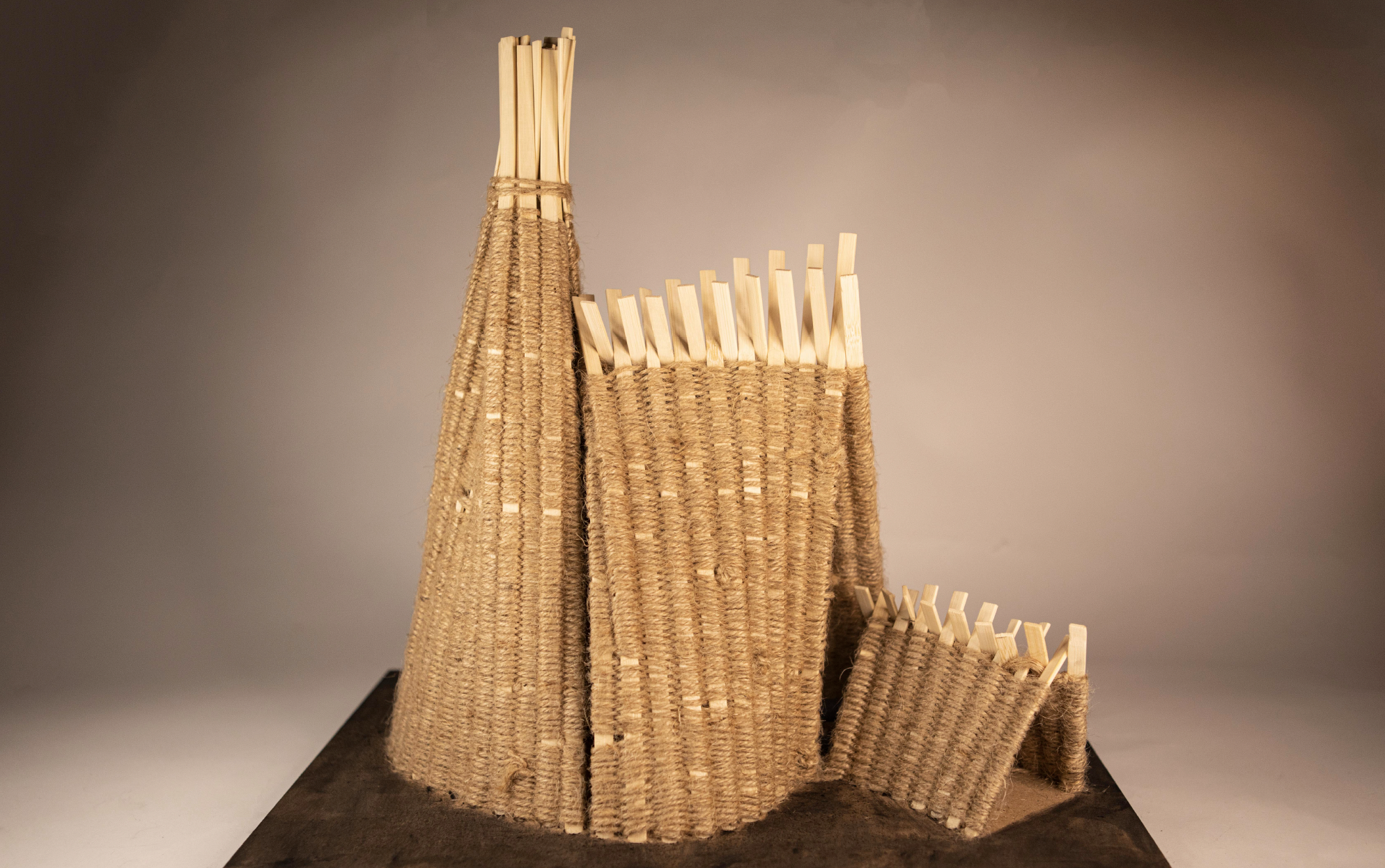
In conversation with: Tracey Lin, BA (Hons) Architecture student
-
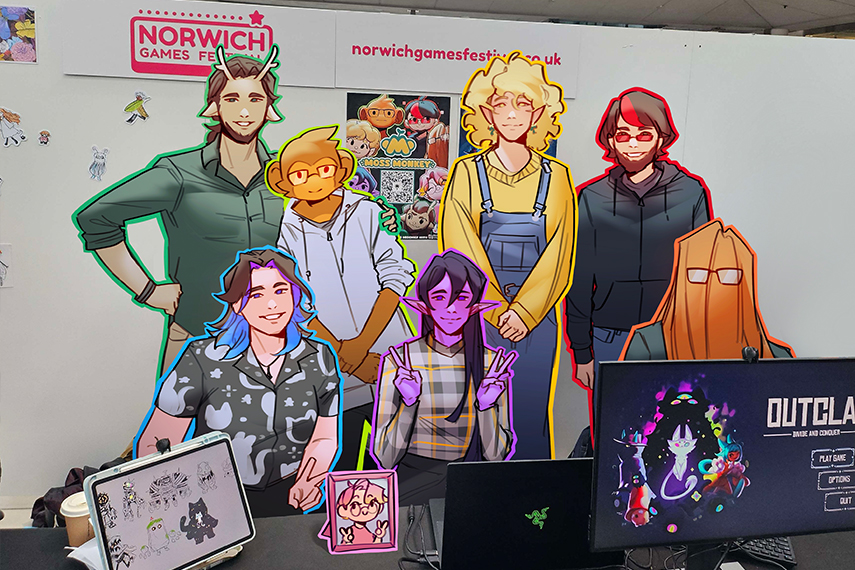
In conversation with: Iz Head, BA (Hons) Games Art and Design
